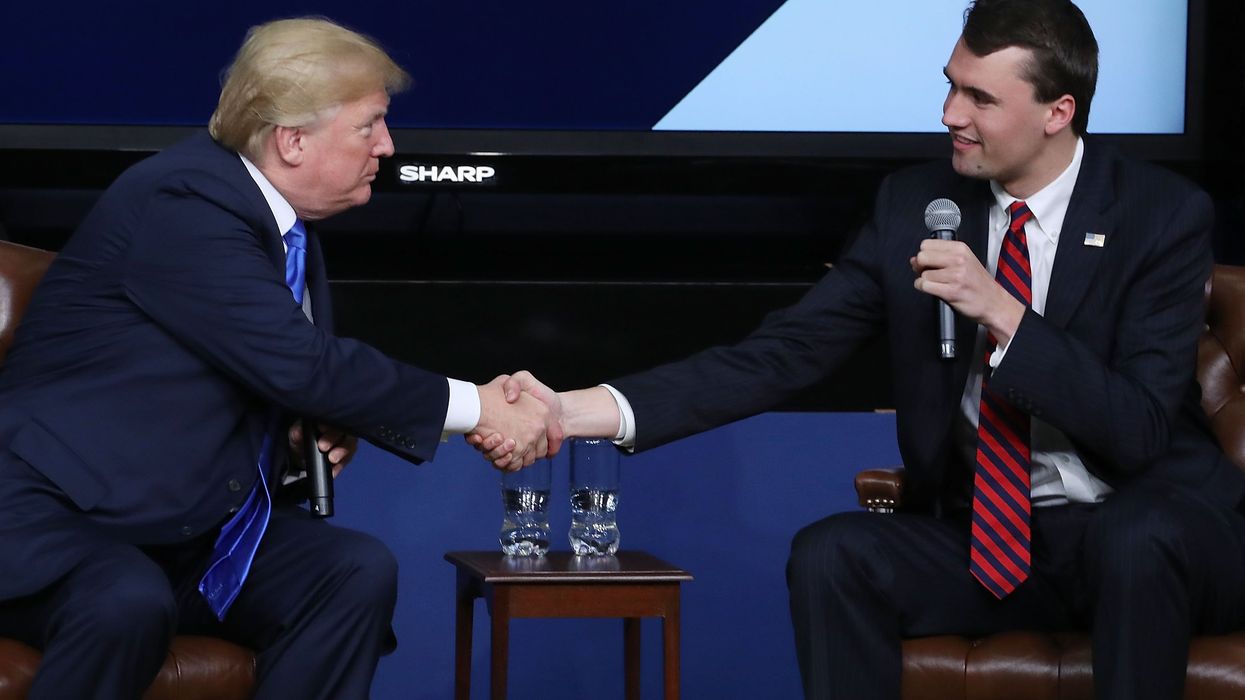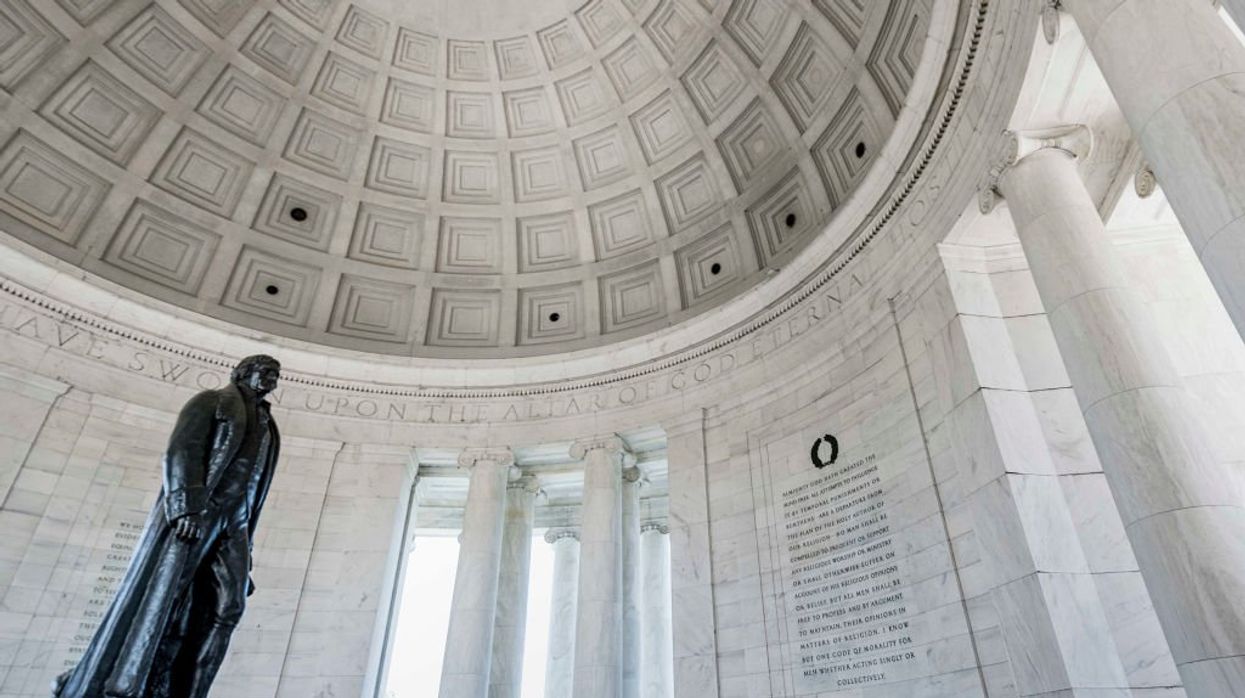Most Americans consider acts of radical Islamic terrorism a relatively recent problem. They aren't. In fact, America has been dealing with radical Islamists for over 200 years.
In this four-part series, we'll cover the beginnings of America's troubles with Islamic terrorism, specific terror groups like Boko Haram and ISIS, and why terrorism increases when nations fail to recognize its threat.
Terrorism Part I: Foundations of Islamic Terrorism
Americans first suffered at the hands of Islamists in 1785. They were kidnapped and ransomed or sold into slavery. Goods were stolen from merchant ships and the ships confiscated repeatedly.
Prior to gaining its independence, America was under the protection of the British Navy in the region and didn't have to deal with the attacks. But in 1785, Britain let it be known that the Americans were no longer their concern.
The problem became so severe that Thomas Jefferson sailed for London to meet with the ambassador from Tripoli. There he learned the pirates belief that their actions were founded on the laws of their prophet and written in their Koran. These Islamic laws stated that all nations not acknowledging their authority were sinners, and it was their right and duty to make war upon them, making slaves of all they could. And every Muslim slain in battle was sure to go to paradise.
Sound familiar?
So American administrations lapsed into a policy of appeasement, bribing the pirates and paying an annual tribute amounting to 20 percent of the nation's GDP --- the equivalent of $760 billion today.
In 1801, President Thomas Jefferson had had enough and stopped paying the tribute, and the Pasha of Tripoli declared war on the United States. America entered her first foreign war. By 1805, the U.S. Navy had won the war and subdued the pirates into signing a treaty to end all tributes and violence against U.S. ships sailing the Mediterranean.
However, peace only lasted two years, with radical Islamists attacking American ships, signing treaties and violating those treaties, only to be stopped again by American force. This cycle went on through the presidency of James Madison, ending only with the French Invasion of Algiers in 1830.
Even America's Founders --- Washington, Jefferson and Madison --- had to deal with Islamic extremists. Even they had a hard time understanding what they were up against and how to deal with it. Our Founders also learned that when the interests of nations, in their case Britain and France, don't align with their own, terrorist activity is not only not dealt with, it's actually encouraged.
Listen to the Full Series on Terrorism

 Mark Wilson / Staff | Getty Images
Mark Wilson / Staff | Getty Images
 John Greim / Contributor | Getty Images
John Greim / Contributor | Getty Images